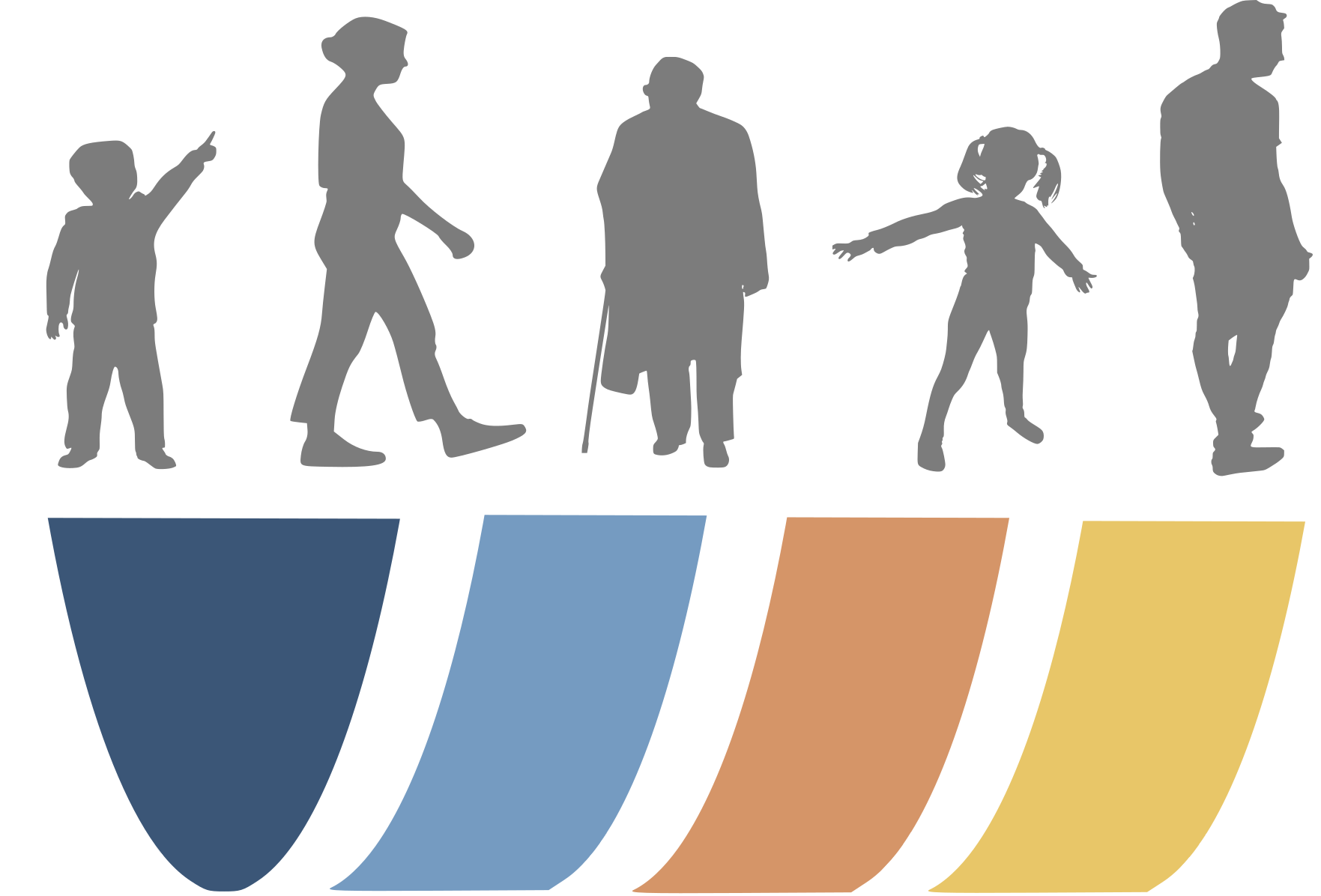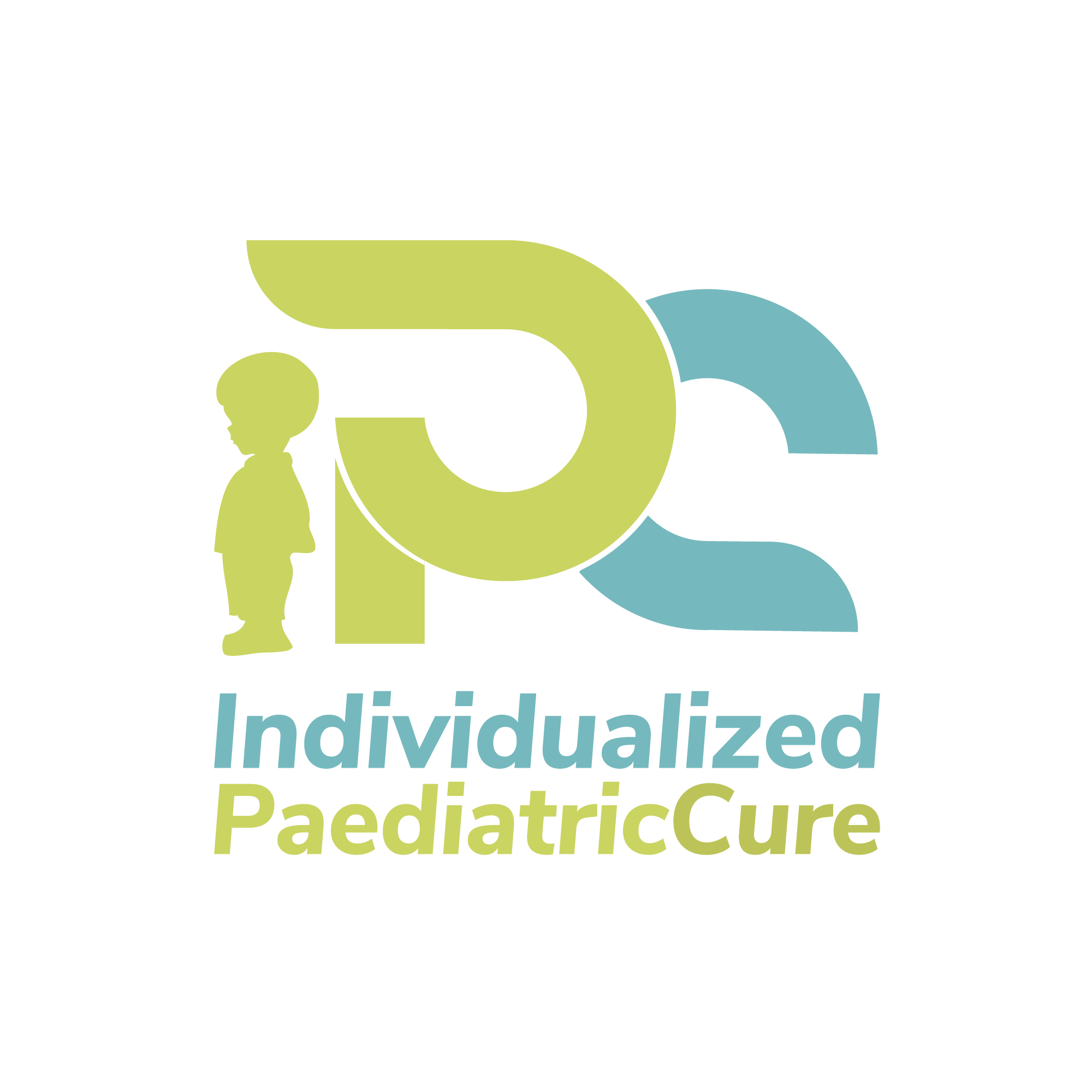Projectes
The aim of the project is to develop a comprehensive framework for generalizing network analytics and fusion paradigms of non-negative matrix factorization to medical data. Heterogeneous, interconnected, systems-level omics data are becoming increasingly available and important in precision medicine. We are seeking to better stratify and subtype patients into risk groups,...
El Plan de Impulso de las Tecnologías del Lenguaje (Plan TL) tiene como objetivo fomentar el desarrollo del procesamiento del lenguaje natural, la traducción automática y los sistemas conversacionales en lengua española y lenguas cooficiales.
Para ello, el Plan TL establece medidas encaminadas a:
- Aumentar el número, calidad y...
Aquesta projecte uneix un consorci format pels centres de recerca que alberguen els principals grups de bioinformàtica que estan impulsant i liderant projectes dirigits a dissenyar, avaluar i, en última instància, implantar la infraestructura necessària en entorns clínics com un clar component de la medicina personalitzada a Catalunya. Per...
Organic aerosols (OA) affect climate forcing and human health, but still large uncertainties exist in their sources and evolution. A large fraction of submicron particulate matter, 20%90%, can be attributed to OA. Recent studies have shown that secondary organic aerosols (SOA) account for a large fraction of the OA burden. Most OA efficiently scatter visible radiation and...
The overall objectives of the EJP RD are:
- To improve the integration, the efficacy, the production and the social impact of research on RD through the development, demonstration and promotion of Europe-wide and even world-wide sharing of research and clinical data, materials, processes, knowledge and know-how;
- To implement and further develop an...
Effective personalized medicine for paediatric cancers must address a multitude of challenges, including domain-specific challenges. To overcome these challenges, we propose a comprehensive computational effort to combine knowledge-base, machine-learning, and mechanistic models to predict optimal standard and experimental therapies for each child. Our approach is based on...
Health scientific discovery and innovation are expected to quickly move forward under the so called fourth paradigm ofscience , which relies on unifying the traditionally separated and heterogeneous high-performance computing and big dataanalytics environments. Under this paradigm, the DeepHealth project will provide HPC computing power at the service of biomedical...
We propose to create the EUropean-CANadian Cancer network (EUCANCan), a federated infrastructure whose mission is to enable Personalized Medicine in Oncology by promoting the generation and sharing of harmonized genomic and phenotypic data. EUCANCan builds on work performed by members of the consortium and related projects to align and interconnect existing European and...
At an increasing rate, industrial and scientific institutions need to deal with massive data flows streaming in from a multitude of sources. For instance, maritime surveillance applications combine high-velocity data streams, including vessel position signals emitted from hundreds of thousands of vessels across the world and acoustic signals of autonomous, unmanned vessels;...
Artificial Intelligence is a disruptive technology of our time with expected impacts that rival those of electricity or printing. Resources for innovation are currently dominated by giant tech companies in North America and China. To ensure European independence and leadership, it is important to invest wisely by bundling, connecting and opening European AI resources.








